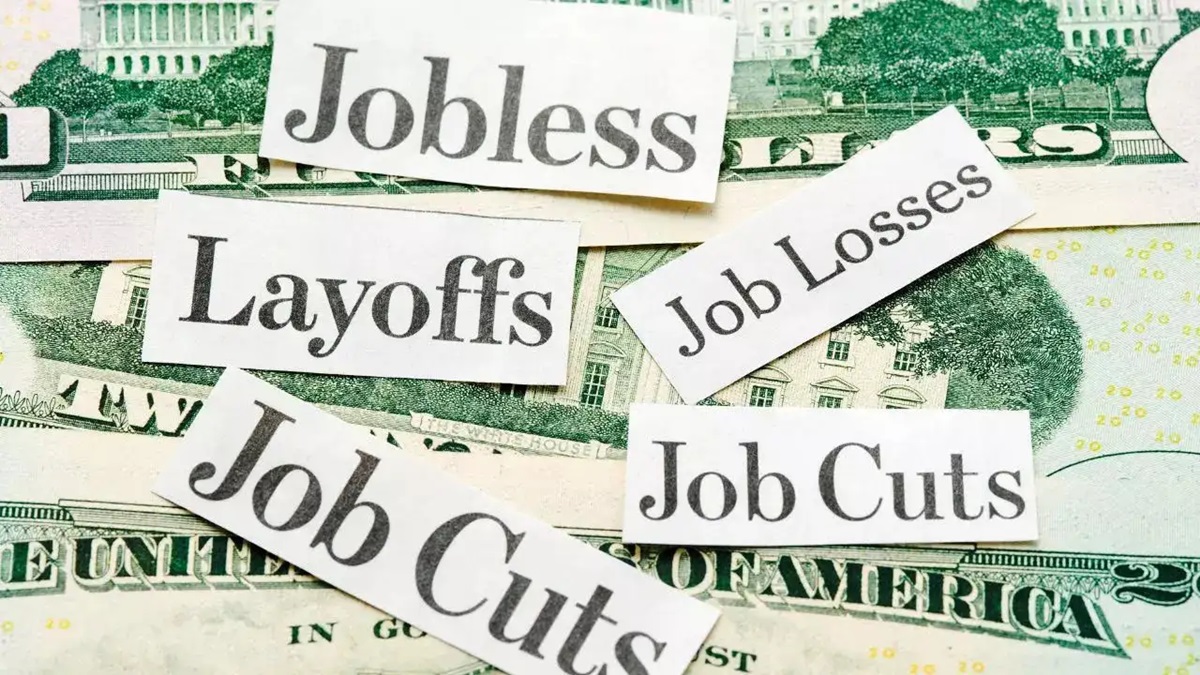While worrying about AI and job losses in the midst of Amazon, UPS, Meta and others, should we also think about what AI will do to the dignity of jobs? Geoffrey Hinton, one of AI’s pioneers, recently warned in the Financial Times that artificial intelligence could strip work of meaning. Stanford’s Fei-Fei Li has similarly urged us to design AI with human dignity at its core. These cautions resonate. Yet in much of the Global South, the dignity of labour was hollowed out long before machines arrived. Credentials outweighed competence, titles eclipsed tasks, and politics often trumped performance.
The Credential Trap
India offers a clear illustration. Across academia, engineering, medicine, and government, the prestige of an elite degree or marquee employer often becomes a lifelong badge. But badges don’t produce value. Institutions end up tolerating professors who publish little, engineers who rarely ship usable code, and bureaucrats who master process rather than public service.
Economists call this the “market for lemons.” When signalling dominates, genuine producers are crowded out. The result: low-quality equilibria where mediocrity is rewarded, voice is silenced, and effort becomes meaningless.
Consider education. In unannounced school visits across six developing countries, researchers found nearly 19% of teachers absent. In India, one-quarter of government primary teachers were missing, and only half of those present were actually teaching. In Indonesia, a nationwide reform doubled teacher salaries. Stress fell and moonlighting declined, but teaching quality and student learning did not improve. Higher pay without accountability lifted livelihoods, not learning.South Africa provides another cautionary tale. Local government audits show high vacancies, weak contract management, and wasteful spending. Gauteng’s Department of Health recently launched the Ziveze campaign to verify whether 85,642 payroll employees were real and present. Within weeks, 188 salaries were frozen. That simple act of verification—checking presence and output was an act of restoring dignity.
AI as Mirror and Lever
AI cannot cure bad incentives or broken cultures. Left unchecked, it will amplify the systems it enters. But used wisely, it can be a mirror, brutally honest, relentlessly quantitative, and a lever to shift norms back toward pride in craft. And there are some practical pathways here to consider:
1. Tie promotion to performance, not pedigree
In higher education, AI-enabled evaluation systems can track research impact, student feedback, and teaching quality in real time. This makes it harder to coast on a degree or affiliation.
2. Adopt output-based HR in the public sector
AI can blend fixed pay with outcome-linked components that are team-safe and corruption-proof. For example, in healthcare, AI dashboards could measure reductions in patient wait times or improvements in clinical outcomes, tying compensation to service rather than seniority.
3. Zero-tolerance payroll integrity
AI-driven biometric attendance and payroll audits can continuously verify employees in sprawling bureaucracies and state enterprises. Ghost workers become visible, and absenteeism becomes costly.
4. Open data by default
Machine-readable, district-level performance data can be published automatically, with AI tools supporting journalists and civic groups to track anomalies in public spending. This democratizes oversight and deters waste.
In addition, AI can also be used not just to compete for and show the mirror to the lemons, but also for practical use cases to restore the dignity of labour:
1. Sanitation work: Computer vision robots can handle the most hazardous sewer inspections, while AI systems log and certify safe human oversight, ensuring workers are treated as skilled supervisors rather than expendable labour.
2. Agriculture: AI-enabled soil and weather analytics can help small farmers make better decisions, allowing them to be recognized as data-driven entrepreneurs, not just subsistence workers.
3. Logistics and gig work: Transparent AI rating systems can shift the focus from customer whims to verifiable service metrics, giving drivers and delivery workers a fairer measure of performance.
A Shared Challenge
The point is not to wag fingers at the South. Pandemic-era debates about productivity and presenteeism show that meaning in work is fragile in the North too. In both contexts, dignity and meaning erode when presence matters more than performance and when titles matter more than tasks. AI, if designed with care, can help reverse that trajectory. It can expose ghost employees, absentee professionals, and hollow titles. It can measure what matters: code shipped, patients healed, goods delivered, students taught. If we can stand to look into that mirror, AI might help us rediscover something stubbornly human: the quiet pride of a job well done.




















